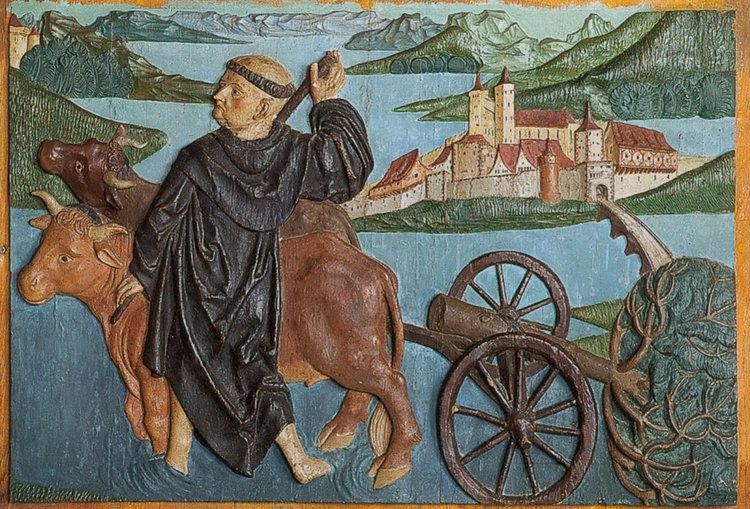Canonized Pre-Congregation Died Bad Sackingen, Germany Role Saint | Name Fridolin Sackingen Feast March 6 | |
 | ||
Venerated in Roman Catholic Church
Eastern Orthodox Church Patronage Canton of Glarus, Bad Sackingen, Strasbourg | ||
Saint Fridolin, otherwise Fridolin of Säckingen, traditionally believed to have been born in Ireland, was a missionary, and the founder of Säckingen Abbey, Baden, in the 6th or 7th century. He is honoured as the apostle of the Alamanns.
Contents

Life
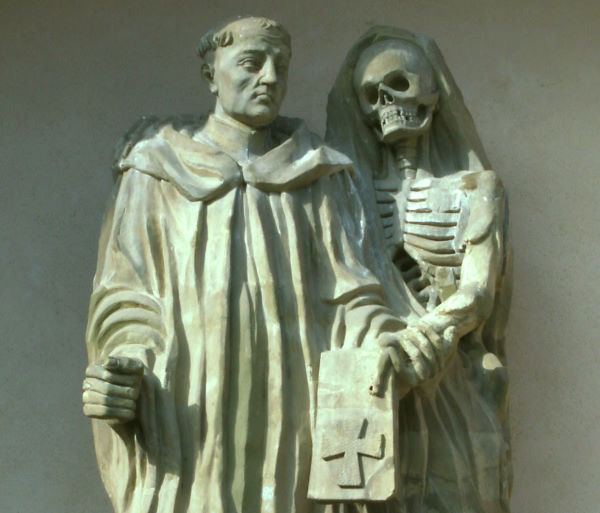
There is very little definite information on Fridolin. He is traditionally venerated as an Irish missionary and the first to work among the Alamanns on the Upper Rhine, in the time of the Merovingians. The only portion of the late Life that can be regarded as historically sound is that he founded a monastery on the island of Säckingen in the Rhine. There is no exact information on the date of the foundation. The monastery, however, was of great importance by the 9th century: the earliest extant document concerning it records the gift, on 10 February 878, of the monastery by Charles the Fat to his wife Richardis.
Legend
The biography written by Balther, a monk of Säckingen, at the beginning of the 11th century, is the earliest documentary reference to Fridolin (or Fridold), According to this, he belonged to a noble family in Ireland, and at first was a missionary there. Afterwards crossing to France, he came to Poitiers, where in answer to a vision, he sought out the relics of Saint Hilarius, and built a church for them. Saint Hilarius subsequently appeared to him in a dream, and commanded him to proceed to an island in the Rhine, in the territories of the Alamanns. In obedience to this summons, Fridolin approached the "Emperor" Clovis, who granted him possession of the still unknown island, and thence proceeded through "Helion", Strasbourg and Coire, founding churches in every district in honour of Saint Hilarius.
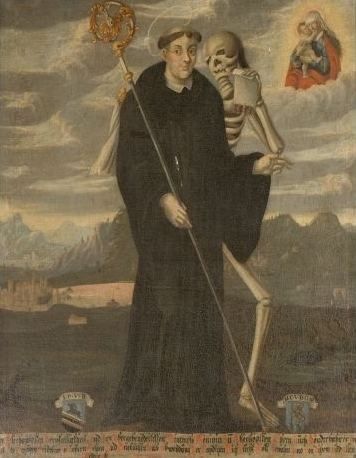
He also, according to the "Vita", spent considerable time in the territory that is now Switzerland, where he converted the landowner Urso. On his death Urso left his enormous lands, now the Canton of Glarus, to Fridolin, who founded numerous churches dedicated to Saint Hilarius (the origin of the name "Glarus"). Urso's brother Landolf refused to accept the legitimacy of the gift and brought Fridolin before a court at Rankweil to prove his title. Fridolin did so by summoning Urso from the dead to confirm the gift in person, so terrifying Landolf that he gave his lands to Fridolin as well. Fridolin is thus often represented with a decomposing corpse, in reference to this story.
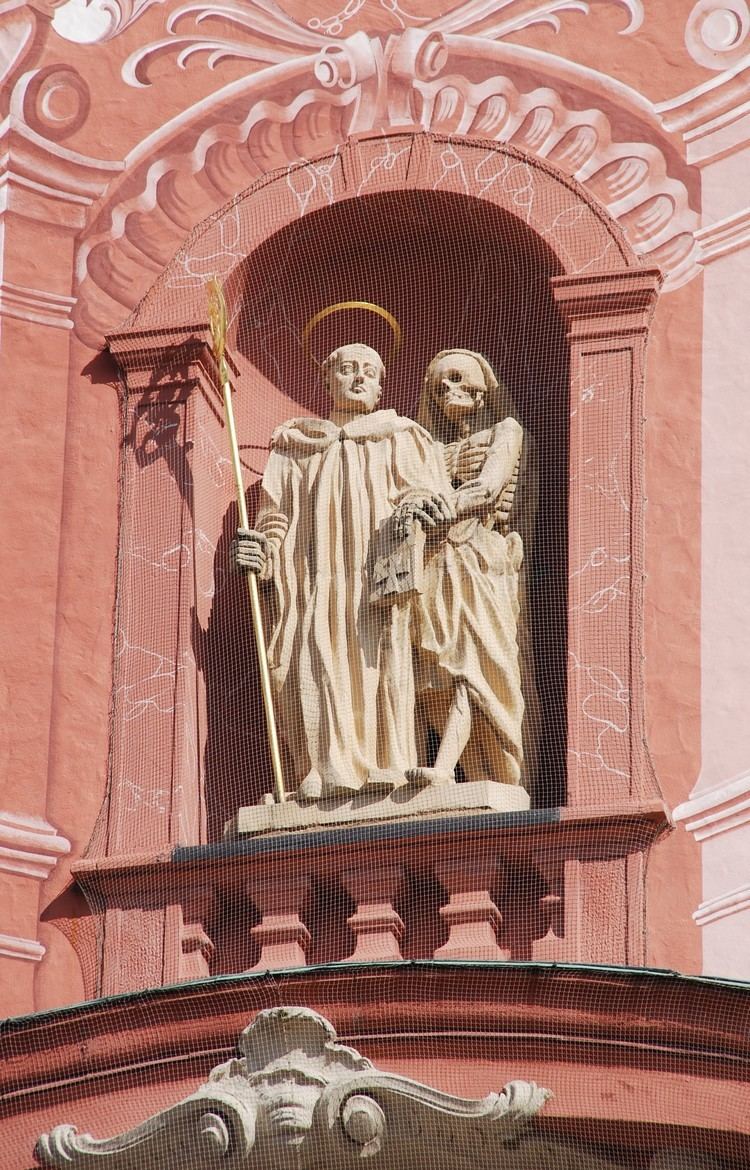
At last reaching the island of Säckingen in the Rhine, Fridolin recognized in it the island indicated in the dream, and prepared to build a church there. The inhabitants of the banks of the Rhine, however, who used the island as pasture for their cattle, mistook Fridolin for a cattle-robber and expelled him. On his production of Clovis's deed of gift, he was allowed to return, and to found a church and monastery on the island.

He then resumed his missionary labours. He founded the "Scottish monastery" ("Schottenstift") in Konstanz, and extended his mission to Augsburg. He died on 6 March, and was buried at Säckingen. Balther, the writer of this legend, claims to have derived his information from a biography which he discovered in the monastery of "Helera" on the Moselle -"Helera, juxta Musellae cuiusdam Fluvii litus situm"-, also founded by Fridolin, and which, as he was unable to copy it for lack of parchment and ink, he had learned by heart. The monastery became a Coenobium, a community of priests, including a library. The historical evidence is found in records of a priest Hatto, towards the end of the 9th century. He made an inventory of the abandoned monastery from fear of the Normans. His list includes a Codex edged with silver and ivory, containing the Vitae of St. Fridolin, St. Hilarius, and St. Arnulphus.
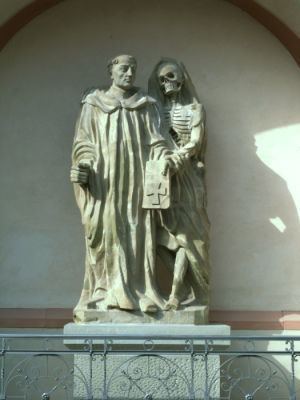
This may simply mean that Balther could find no written sources and was obliged to rely on verbal tradition for the information in his biography. Not a single ancient author mentions Fridolin. Nor does the Life have any proper historical chronological arrangement, and there is a great number miracles and visions. It has therefore mostly been dismissed as unhistorical, although occasionally held to contain a germ of truth. In the early Middle Ages, there was certainly some connection between Säckingen and Poitiers, from which the former monastery received its relics, and this may have made the author connect Fridolin with the veneration of Saint Hilarius of Poitiers, and the churches erected in his honour.
